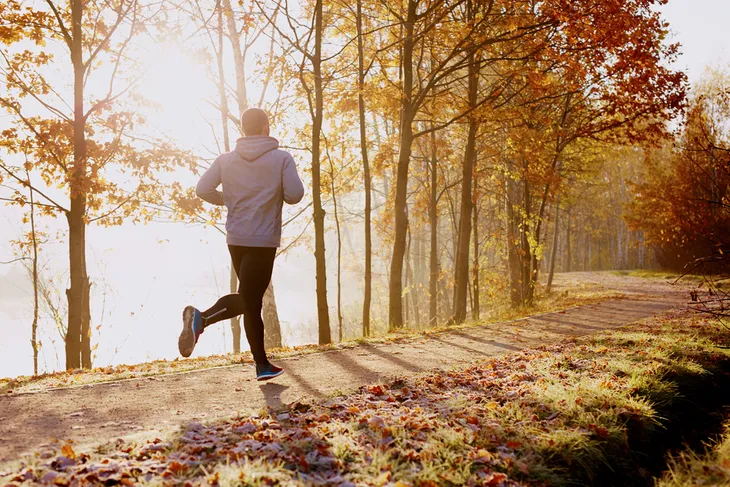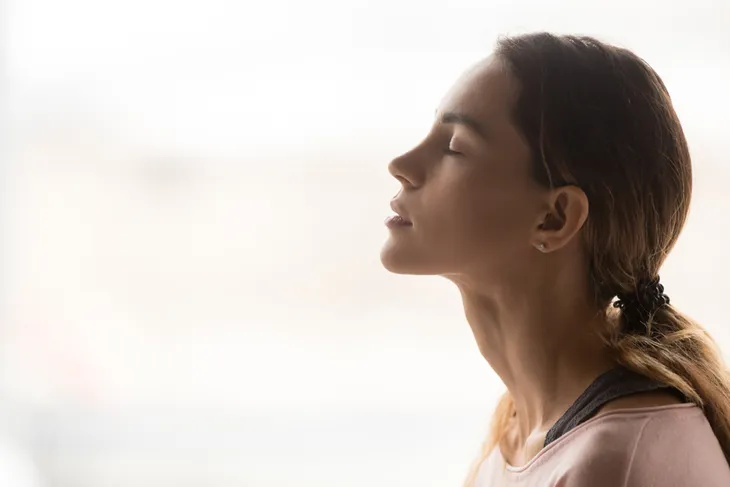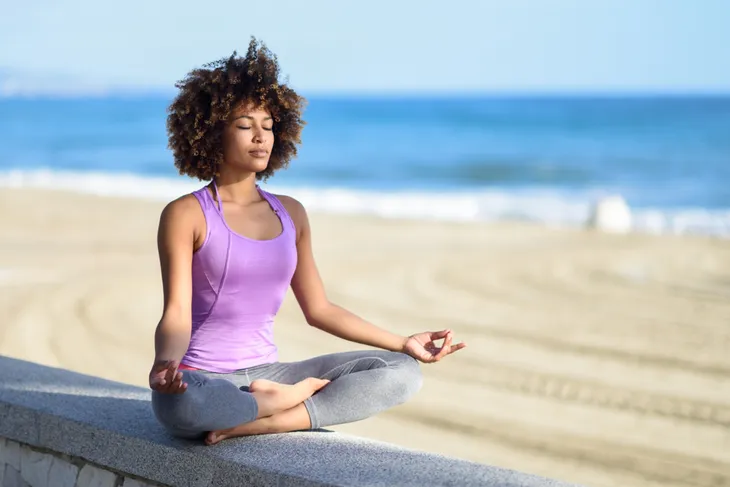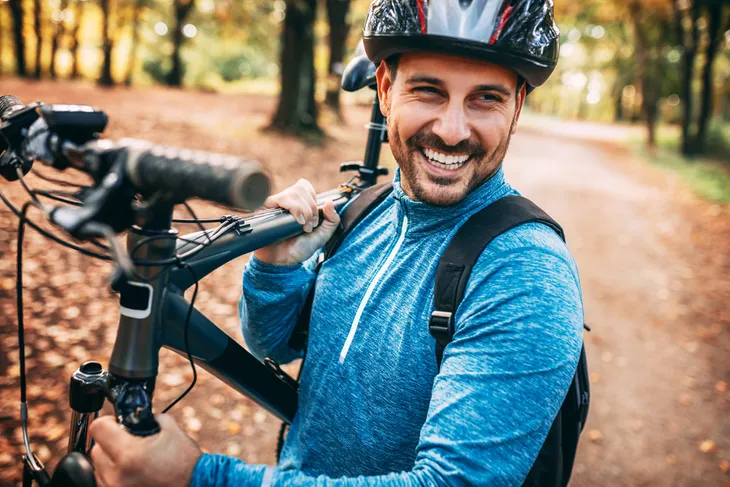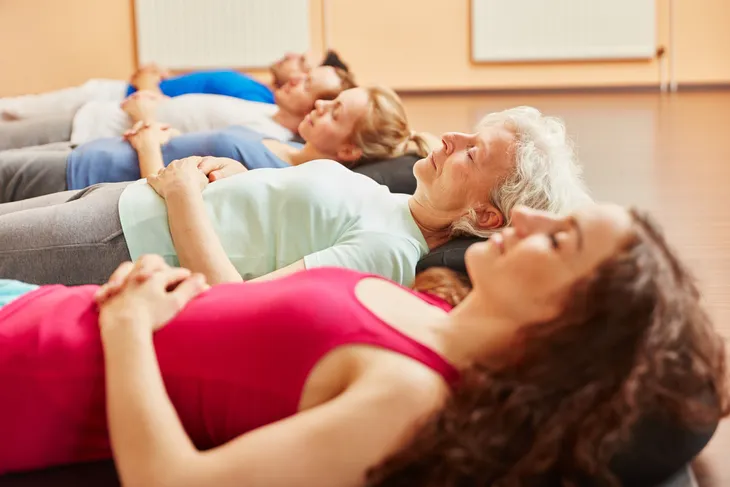In addition to the heart, brain, and liver, the respiratory system, including the lungs, accounts for one of the most important parts of the human body. Without properly functioning lungs, a person will struggle to find the air and energy to complete even basic physical activities.
The act of breathing involves bringing oxygen into the body, a necessary step in keeping our major organs functioning as they should. An individual who fails to receive sufficient oxygen is bound to suffer a range of significant health problems, including serious respiratory illnesses and heart disease. For that reason, it’s important to be aware of strategies that can help our lungs work as they should, thereby ensuring the rest of the body has the oxygen it needs to perform optimally.
Be Active
What’s more important — being thin or being active? In North America, where image is often considered all that matters, the emphasis is often on the former, even if that doesn’t mean exercising regularly. Generally speaking, someone who is thin because of genetics or a healthy diet will probably feel less pressure to be physically active.
And that’s a problem because a person who is thin and eats well but doesn’t exercise regularly will have lungs that operate far below their capacity. By failing to challenge their lungs with more intense physical activity, this individual may find themselves in a position where, should physical exercise be required, it could result in a significant health problem. For example, should they face an emergency situation that requires them to engage in intense physical activity, they may not be able to perform that activity and they may sustain an injury as a result.
Avoid Pollutants
Not everyone has the luxury of avoiding any and all environmental pollutants capable of hindering the functioning of the lungs, from tobacco smoke to dust to the exhaust from automotive vehicles. But making an effort to limit your exposure to these dangerous pollutants can go a long way towards helping your lungs function in an optimal fashion.
What does that mean in the real world? For one, do your best to avoid heavy breathing in areas where known pollutants can be an issue. For example, if the local manufacturing sector tends to release large amounts of pollution into the air, avoid that part of the community whenever possible. Another example: if you have friends or family members that smoke cigars, cigarettes, or marijuana, ask that they do so in an open-air environment that’s far away from anyone with respiratory issues.
Be Careful Where You Exercise
It’s one thing to occasionally walk through a part of your community where the air quality may not be ideal. Limited exposure to this kind of air probably won’t cause any long-term respiratory issues, so long as that exposure isn’t consistent and prolonged.
But exercising is a different affair altogether. During intense physical exercise — say, when you run, cycle, or play a sport like basketball or soccer — your lungs are far more active than they are when you’re walking or standing. This means that any pollutants in the air will have a far greater impact on your respiratory health. For that reason, it’s wise to avoid exercising in any area where there are known pollutants in the air, such as a busy street or the alley near a manufacturing facility.
Breathe Through the Diaphragm
Simple breathing techniques, such as breathing through the diaphragm, can go a long way in helping build the strength and capability of your respiratory system. For people who may not have the opportunity or ability to exercise regularly, this could help them accommodate an emergency situation that places undue pressure on the lungs.
To help with this, focus on breathing in a way that causes your diaphragm to lower — for the most part, this can be accomplished by breathing in deeply from a set position (standing or sitting still). You should feel your belly expand as you breathe in this way. Do this for thirty seconds to a minute and then rest for a minute. Repeat this process over a ten-minute window each day.
Upper Chest Breathing
One strategy for building the strength of your respiratory system is to focus on breathing deeply through your diaphragm. But in order to perform a more complete exercise of the lungs, you’ll also need to do some deep breathing through the upper part of the chest.
To do this, breathe in while focusing on expanding your ribs outward. Think of your ribs as wings blossoming outward. Once you’ve reached your maximum, breathe out and let your ribs contract. Then repeat this process for about a minute, before breaking for another minute, then repeating over a ten-minute window.
Monitor Breath Length
You can help keep tabs on your respiratory functionality by carefully monitoring how long it takes for you to inhale and exhale in a relatively comfortable fashion. An individual with healthy lungs should be able to count to five as they inhale and as they exhale.
So, from a still position, inhale to your maximum capacity while counting — did it take five seconds or less time? Then do the same while exhaling. If you find it difficult to hold inhalation or exhalation to the count of five, it may be worth talking to your doctor about your respiratory health.
Work on Your Posture
Ask your grandparents about some of the things they learned in grade school, and you may be surprised to hear just how important posture was to teachers of the day. That’s because having proper posture doesn’t just look more professional; it can also have a visible effect on an individual’s health and specifically their respiratory wellness.
Think of it this way: if you slouch over a lot, you’re effectively limiting the amount of space your lungs have to bring in air. Sitting up straight and walking standing straight up provides your lungs with optimal space for the breathing process. That can give you more energy and help you build a stronger set of lungs.
Drink Lots of Water
There’s one rule that applies to just about any health matter: staying hydrated is always important, and drinking water is always helpful. Unless you’re swimming in a lake or river somewhere, it’s not a bad idea to drink more water.
For the respiratory system, proper hydration helps keep fluid moving into the mucous membranes that line the lungs, giving them the flexibility they need to perform in an optimal fashion. This is especially important when engaging in physical exercise, which can put more pressure on the lungs than sitting at a desk or in a car.
Laugh it Up
Laughing isn’t just good for the soul. It’s also surprisingly good for the body, and particularly the respiratory system.
How so? Laughing, and especially having a really good, full-body chuckle, exercises the muscles in your abdomen and, of course, the lungs themselves. Laughing also makes the lungs work a little harder than just talking or being quiet — it brings air into the lungs and forces stale air out. Depending on the extent of the laughter, it can even allow fresh air to access the further recesses of the lungs, essentially giving your respiratory system a nice workout and a full reset.
Mix in Moderate Exercise
Health and fitness experts alike will tell you it’s crucial to get both lots of rest and plenty of intense physical exercise to build a strong, fully capable respiratory system. But there’s more to it than embracing each end of the spectrum; you also need to help your lungs adapt to moderate pressure through less intense exercise.
In other words, while it’s great to get out and go for a run or long cycle, you should also spend ample amounts of time engaged in moderate exercises, such as walking or going for a more relaxed bike ride. It’s this activity, which is often easier to maintain than more intense physical exercise, that can go the furthest in building truly strong and healthy lungs.
Breathe with Others
As with many things, it’s often more fun to breathe alongside others. Just as you can really build on your fitness goals by joining athletic clubs or associations, you can do your respiratory system a lot of good by joining a breathing club.
Sound crazy? It’s not. Breathing support groups are a legitimate way for people — and especially individuals with respiratory issues — to work on various breathing techniques and build stronger lungs. In fact, the American Lung Association offers a program called Better Breathers Club in some parts of the United States. Contact the ALA to learn if there’s a similar organization in your community.
See Your Doctor
Even healthy individuals should see their doctor on a regular basis to have their breathing monitored for any emerging problems. Of course, regular visits to a physician are of even greater importance if you are currently experiencing issues, or have had respiratory problems in the past.
If you’re experiencing difficulty breathing when carrying out simple activities or if you feel pain or dizziness when you exercise, there’s a chance you may have a respiratory issue that your physician can help with. You should also seek help if physical activities you once performed relatively easily — such as running, cycling, or swimming — suddenly present you with pain, coughing, or other difficulties.



